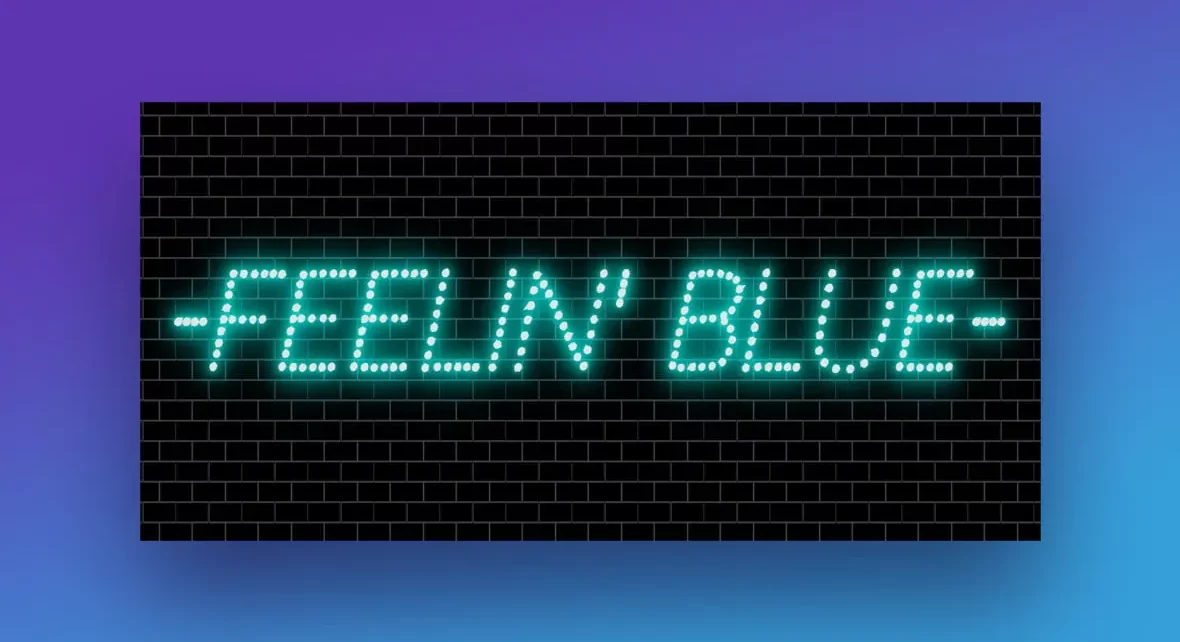Think about entering any event room, exhibition hall or even a quite dynamic, tech conference, and all you see is a huge, bright, animated display of words flowing, pulsing and morphing according to the mood. Big, personalized animated text screens are not only digital art, they are, in fact, immersive, a convergence of technology, creativity, and engineering finesse.
Have you ever thought to yourself how to create one of these fascinating pieces, this guide will take you through the necessary steps, tools, and creative ideas that make them shine.
Step 1: Purpose and Environment definition
You must have a clear picture of what you are creating this display before you start getting into the technical nitty-gritty. Is it towards branding a big event? An external permanent installation? An art project?
This goal will affect the design decisions, such as the size of written text, the way it is designed, the speed of animation, and the distance when it is viewed. Hardware durability and brightness, as well as mounting or housing type will depend on the environment, whether indoors or outdoors, ambient light, and physical limitations.
Step 2: Select the Display Technology
Output medium is the backbone of your project. This may be LED matrices, big LCD screens, projection mapping on building facades or even hybrids. Every technology is associated with its advantages and disadvantages:
LED Panels: Ideal to use in large-sized and bright displays. They are easy to deal with in relation to animations and they can be used both indoors and outdoors.
LCD Walls: these are ideal in-door use and are of high resolution and good color quality.
Projection Mapping: Gives a limitless amount of creativity as any surface can be made into a screen, though the surrounding light must be controlled.
Consider pixel density and resolution carefully – particularly when you need to be able to see your display even when you are at a distance.
Step 3: Design and Animation Style Planning
This is where design comes in. It has to be a balance where motion is appealing to the eye and readable at the same time when it comes to designing large, animated text. Test typography, which makes your message straight, without overwhelming your audience.
The most important points are to select the appropriate font weight, color contrast, and type of motion. Soft fades and micro-movements may be more advanced, readable than quick flashy effects which make the eyes weary.
Step 4: Construct Your Animation Engine
When you have decided on how you want to be, you must have a platform on which you can write and execute your animations. Professional tools such as After Effects and TouchDesigner, live-coding tools such as Processing or openFrameworks, can be used as an option.
Other designers apply a text encoder decoder method, which is dynamically used to encode textual data into a sequence of visual effects. This is effective particularly when your display is drawing live feeds such as social media feeds or real-time feeds.
Unless you need to create an animation framework yourself, you can take a look at existing animation frameworks or join forces with a software developer who can assist with combining imagination and attention to detail.
Step 5: Secure Power and Data Management
Big screens are very power-intensive and need very powerful data connections to ensure smooth animation is maintained. It is equally important to control such back-stage requirements as creativity.
When the subject of your project is LED panels or a lot of wiring, then you might have to compute safe and efficient power cabling routing. To ensure that there is no overheating and that the conduits used are in accordance with electrical codes, a conduit capacity calculator can be used to identify the correct size of the conduit.
In the case of data, use low-latency connections be it through wired Ethernet or special wireless protocols, such that your animations can play perfectly.
Step 6: Implement Control Systems
The brain of your display is the control system. It makes use of inputs such as scheduled animations, real time text updates or interactive sensor and camera triggers. Smaller installations may be based on the use of a single-board computer such as Raspberry Pi, whereas large-scale installations may have a dedicated media server.
High-end control may include superimposition of animations, the use of external data streams, and the timing of various scenes throughout the day all under the control of a friendly interface or a remote interface.
Step 7: Test, Calibration and Fine-tuning
The significance of in-depth testing should not be underrated. Your design may be beautiful in the computer but may be cumbersome or slow in actual life. Test the system performance as well as the visual value in realistic conditions.
Adjust brightness, color balance and refresh rates. Speed up or slow down movement to make it clear particularly when your audience will just have a short time to view the display. Consider the comfort of the viewer; do not have too fast blinking or colors that are too bright.
Step 8: Install and Maintain
The process of the installation would have to be highly planned, in terms of aesthetics as well as safety. Hire professional installers to bolster heavy equipment. Make certain that all wiring is secure, not exposed to the elements and it is not visible.
Maintenance is ongoing. Set up periodic dead pixel, program and hardware checks. Maintaining the display in its optimum state will make sure that your investment remains interesting over the years.
Summary: It’s Your Time to Make Magic
One of the ways that can change any setting is the integration of design, technology and storytelling, which is created through large, customized animated text screens. Be small, experiment and be creative. It can be one memorable night, or a permanent installation in the city, but the magic is in the overall size of the text that you make alive.
How Billboard Manufacturers Are Innovating Outdoor Advertising
BME680 and ESP8266 Based Indoor Air Quality Monitoring System

